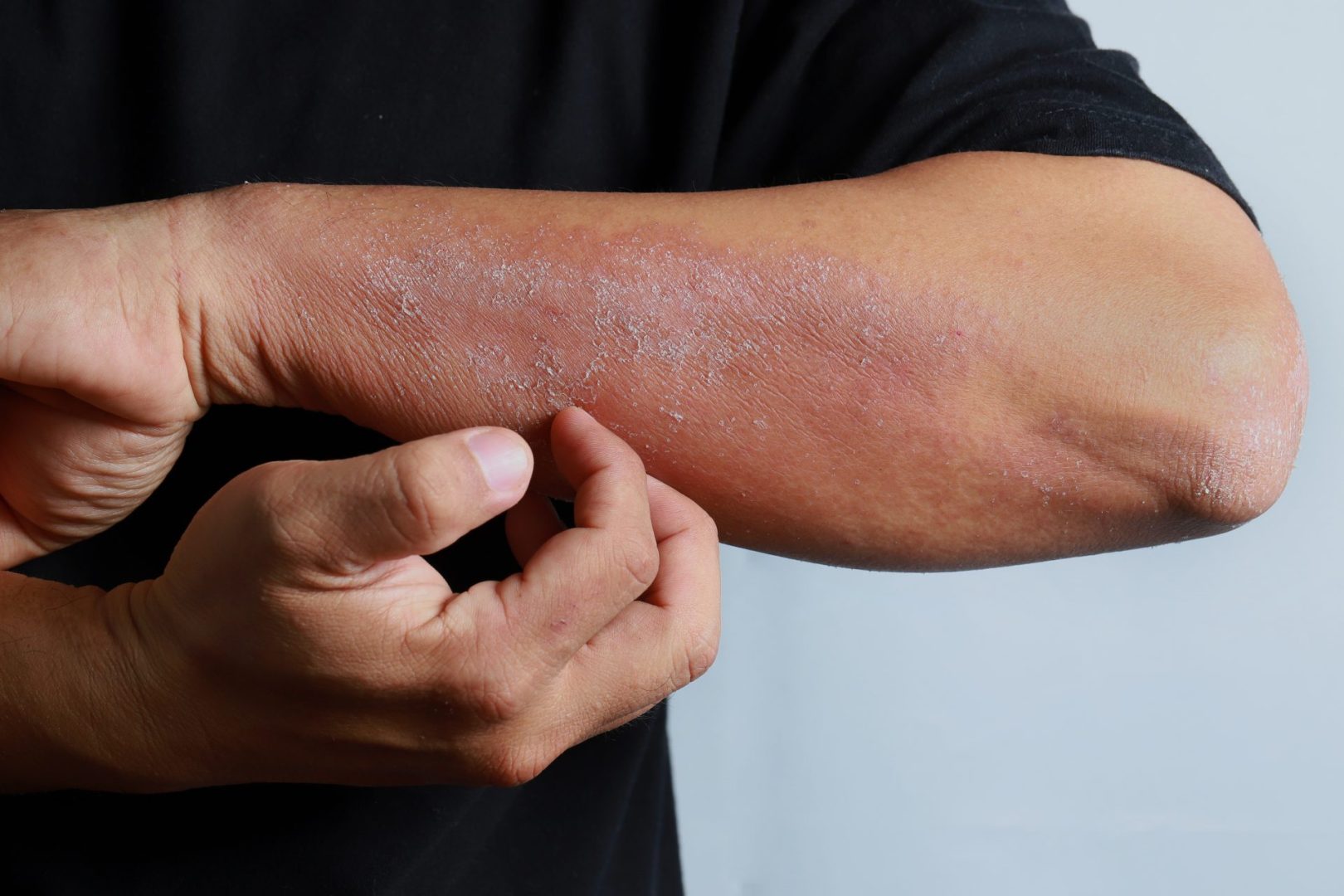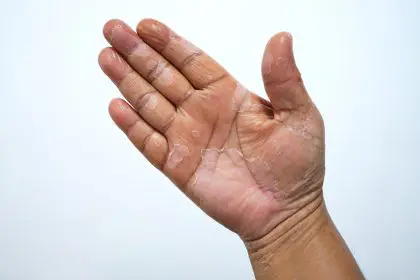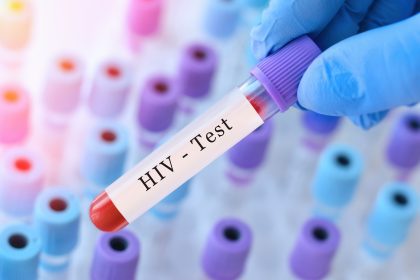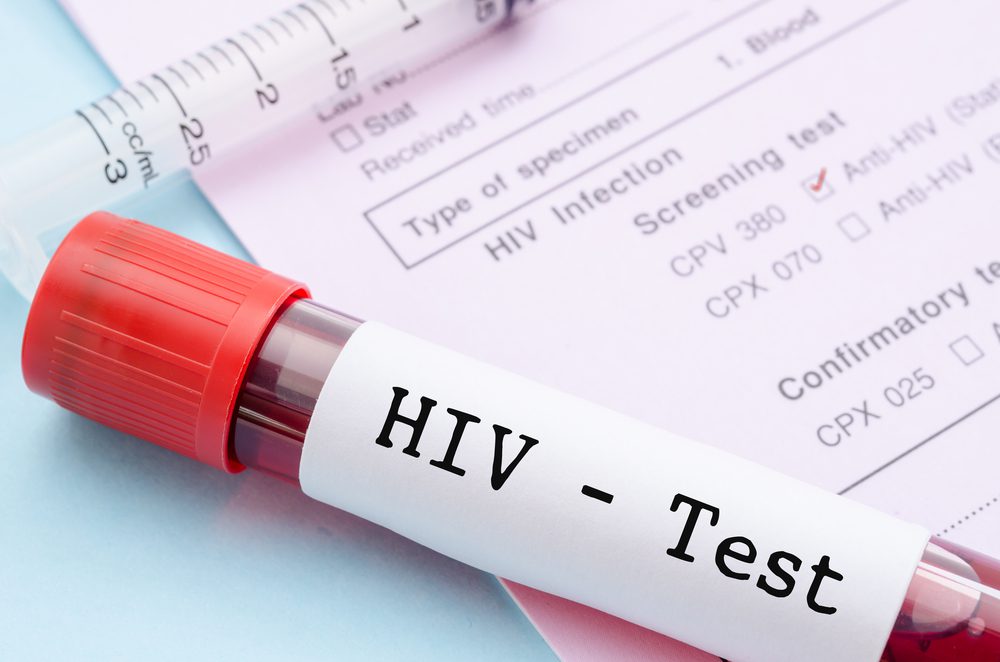Atopic dermatitis, the most common form of eczema, affects millions of Americans with its hallmark symptoms of dry, itchy, and inflamed skin. While this chronic condition can impact individuals across all ethnicities, mounting evidence reveals significant disparities in how it manifests, progresses, and responds to treatment in the African American community. These differences extend beyond mere clinical presentation, encompassing genetic factors, environmental influences, healthcare access, and long-term complications.
Understanding these distinctions proves crucial for both patients and healthcare providers in recognizing, diagnosing, and effectively managing this condition. For African American families navigating atopic dermatitis, awareness of these unique considerations can lead to earlier intervention, more appropriate treatment approaches, and ultimately better outcomes.
Higher prevalence and severity among Black children
The statistics reveal a clear disparity: Black children experience atopic dermatitis at nearly twice the rate of their white peers. This elevated risk begins early, with symptoms often appearing in infancy or early childhood and frequently persisting into adolescence and adulthood.
Beyond mere frequency, the condition typically presents with greater severity in Black children. Flare-ups tend to be more intense, cover larger body areas, and prove more resistant to standard treatments. This increased severity translates to more significant disruptions in sleep, school performance, and overall quality of life.
The reasons behind this disparity remain complex. Genetic variations play a major role, with different mutation patterns in skin barrier genes compared to other populations. While European and Asian populations with atopic dermatitis commonly show mutations in the filaggrin gene, Black patients often exhibit mutations in alternative genes like FLG2. These genetic differences may explain why the condition behaves differently and requires tailored treatment approaches.
For parents of Black children, recognizing these heightened risks enables proactive monitoring for early symptoms and prompt intervention. Early treatment significantly improves outcomes and may prevent the condition from becoming more entrenched and difficult to manage as children grow older.
Unique symptom presentation in darker skin tones
Atopic dermatitis manifests differently in darker skin, creating diagnostic challenges that sometimes lead to delayed treatment. The classic “redness” described in most medical literature appears less visible on brown and black skin tones, instead presenting as purple-gray, ashen gray, or dark brown discoloration that might be overlooked during casual observation.
Recognizing these distinct presentations requires special attention to subtle skin changes. Patients with darker skin more commonly develop follicular presentations of atopic dermatitis, where small bumps form around hair follicles rather than the typical patches seen in lighter skin. Additionally, skin thickening (lichenification) tends to develop earlier and more prominently in darker skin, creating leathery patches that signal chronic inflammation.
Perhaps most distressing for many patients is post-inflammatory dyspigmentation — the uneven skin tone that remains after flare-ups subside. These dark or light patches can persist for months or even years after the inflammation resolves, causing significant emotional distress and social anxiety, particularly among adolescents and adults.
Other distinctive features more common in Black skin include papular eczema (tiny raised bumps), extensive dryness, and prominent skin folds under the eyes. These manifestations may be misdiagnosed as other conditions by healthcare providers unfamiliar with how atopic dermatitis presents in darker skin, highlighting the importance of seeking care from dermatologists experienced in treating diverse skin types.
Environmental triggers more prevalent in urban communities
Environmental factors play a crucial role in triggering and exacerbating atopic dermatitis, with many Black families facing disproportionate exposure to these risks. Residential segregation and housing discrimination have concentrated many African American communities in areas with higher levels of environmental hazards known to worsen skin conditions.
Air pollution ranks among the most significant triggers. Communities predominantly populated by people of color often face greater exposure to particulate matter from traffic, industrial facilities, and other sources. These pollutants penetrate the skin barrier, triggering inflammatory responses that can precipitate or worsen atopic dermatitis flares. Indoor air quality also suffers in older housing stock, where inadequate ventilation traps allergens and irritants.
Pest allergens present another major challenge. Cockroach and dust mite particles serve as powerful triggers for atopic dermatitis. Housing conditions in economically disadvantaged neighborhoods often make effective pest management more challenging, creating persistent exposure to these allergens.
Additionally, the urban heat island effect creates higher temperatures in many predominantly Black neighborhoods due to less green space and more heat-absorbing surfaces. These elevated temperatures increase sweating, which can irritate already sensitive skin and trigger flare-ups.
Water quality issues in some communities may contribute as well. Hard water, with its high mineral content, damages the skin barrier and increases susceptibility to irritation. Some older housing still contains lead pipes or other contaminants that may interact with sensitive skin during bathing.
For families managing atopic dermatitis, awareness of these environmental triggers becomes essential for developing effective prevention strategies, from air purification solutions to specific cleaning practices that minimize allergen exposure.
Barriers to diagnosis and appropriate treatment
Despite the higher prevalence and often greater severity of atopic dermatitis in the Black community, significant barriers to diagnosis and treatment persist. These obstacles begin with representation in the healthcare system itself. Dermatology remains among the least diverse medical specialties, with Black dermatologists comprising only a small percentage of practitioners nationwide.
This lack of diversity contributes to knowledge gaps regarding how skin conditions present in darker skin. Most medical textbooks and training materials predominantly feature images of skin conditions on light skin, leaving many providers ill-equipped to recognize atopic dermatitis in darker skin tones. The result: delayed diagnoses, misdiagnoses, or inappropriate treatment recommendations.
Access barriers compound these challenges. Dermatologists practice less frequently in predominantly Black neighborhoods, creating transportation hardships and extended wait times for appointments. Insurance coverage presents another hurdle, with higher uninsured and underinsured rates among Black Americans making specialty care financially unattainable for many families affected by atopic dermatitis.
Even when care is accessed, treatment disparities emerge. Research indicates Black patients with atopic dermatitis receive systemic medications and advanced therapies at lower rates than white patients with similar disease severity. This treatment gap may result from implicit bias, communication barriers, or differences in how symptoms are reported and assessed.
The financial burden of managing atopic dermatitis weighs heavily on many families. Beyond direct medical costs, the condition entails significant expenses for specialized moisturizers, gentle cleansers, laundry detergents, and clothing that won’t irritate sensitive skin. These ongoing costs create disproportionate hardship in communities already facing economic challenges.
Long-term complications and quality of life impact
The chronic nature of atopic dermatitis creates cascading effects that extend far beyond skin symptoms, with potentially greater impact within the Black community due to the condition’s increased severity and treatment challenges.
Sleep disruption ranks among the most immediate consequences. The intense itching associated with atopic dermatitis frequently disturbs sleep, with studies showing that Black children with the condition experience more significant sleep loss than their peers from other ethnic backgrounds. This sleep deficit affects academic performance, emotional regulation, and overall development.
Mental health implications prove equally significant. The visibility of skin changes, particularly with the prominent post-inflammatory pigmentation changes common in darker skin, can trigger anxiety, depression, and social withdrawal. Adolescents and young adults often face particular challenges as they navigate social relationships and self-image while managing a visible skin condition.
Bacterial skin infections occur more frequently in patients with atopic dermatitis, with research indicating higher rates of Staphylococcus aureus colonization on the skin of Black patients. These recurrent infections may require antibiotic treatment and can lead to scarring that compounds the condition’s visibility.
For some patients, atopic dermatitis marks the beginning of the “atopic march” – the progressive development of related allergic conditions including food allergies, allergic rhinitis, and asthma. This progression appears more common among Black children with atopic dermatitis, creating additional health challenges that require comprehensive management.
Early and aggressive treatment becomes particularly important in light of these potential complications. Working with healthcare providers to develop personalized management strategies can help minimize the condition’s long-term impact on physical health, emotional wellbeing, and overall quality of life.
Effective management strategies for Black skin
Despite the challenges, successful management of atopic dermatitis in Black skin is achievable through tailored approaches that address its unique characteristics. Comprehensive care begins with establishing an effective skin care routine centered around moisture preservation.
Daily moisturizing with emollient-rich products forms the cornerstone of management. Products containing ceramides, which help rebuild the skin barrier, prove particularly beneficial for Black skin that tends toward greater dryness. Application immediately after bathing, when skin remains slightly damp, maximizes effectiveness by trapping moisture.
Bathing practices require special consideration. While regular cleansing removes irritants and allergens, excessive washing depletes natural oils. Short, lukewarm showers or baths using mild, fragrance-free cleansers specifically formulated for sensitive skin help maintain skin integrity. Pat-drying rather than rubbing prevents additional irritation.
Trigger identification and avoidance plays a crucial role in reducing flare frequency. Keeping a detailed diary of activities, products used, foods consumed, and environmental exposures helps identify patterns preceding skin reactions. Common triggers include fragranced products, certain fabrics, sweat, stress, and seasonal changes.
When flares occur despite preventive measures, topical anti-inflammatory medications become necessary. Corticosteroids remain the first-line treatment, with strength selected based on body location and flare severity. For facial involvement, which occurs commonly in Black patients, lower-potency formulations prevent skin thinning and pigmentation changes.
Non-steroidal alternatives like topical calcineurin inhibitors offer advantages for treating sensitive areas and for maintenance therapy between flares. These medications prove particularly valuable for Black patients concerned about steroid-induced hypopigmentation, which appears more prominently on darker skin.
For moderate to severe cases, systemic treatments may become necessary. These include traditional immunosuppressants and newer biologic therapies that target specific components of the inflammatory response. Early discussion of these options helps prevent the progressive skin thickening that becomes more difficult to reverse once established.
Beyond medical interventions, lifestyle adaptations support skin health. Cotton clothing allows better air circulation than synthetic fabrics, reducing sweat accumulation that triggers itching. Bedding requires similar consideration, with frequent washing in fragrance-free detergent to minimize dust mite exposure.
For many families, effective management extends to home environment modifications. Air purifiers reduce airborne triggers, while maintaining optimal humidity levels prevents excessive skin dryness during winter months. Regular deep cleaning using allergen-reducing methods helps minimize pest allergens that commonly trigger flares.
Understanding and managing atopic dermatitis in Black skin requires recognition of its unique manifestations, greater appreciation of environmental influences, and awareness of treatment considerations specific to darker skin tones. With appropriate education, early intervention, and consistent care, most patients can achieve significant symptom improvement and prevent many long-term complications associated with this chronic condition.













